While Shreyas is a destination on its own, encompassing the entire gamut of health, wellness, fitness, rejuvenation, detox and restorative therapies in luxurious surroundings nestled in the lap of nature, there are plenty of options for guests who are interested in exploring Southern India and discovering ancient temples, magnificent palaces, game reserves, tea estates, beaches and more.
We will be glad to help you plan your excursions around and beyond Bangalore.

Mysuru is known as the cultural capital of Karnataka. The Mysore painting style is an offshoot of the Vijayanagar School of painting, and King Raja Wodeyar (1578-1617 CE) is acknowledged as a patron. The distinctive feature of these paintings is the gesso work, to which gold foil is applied.
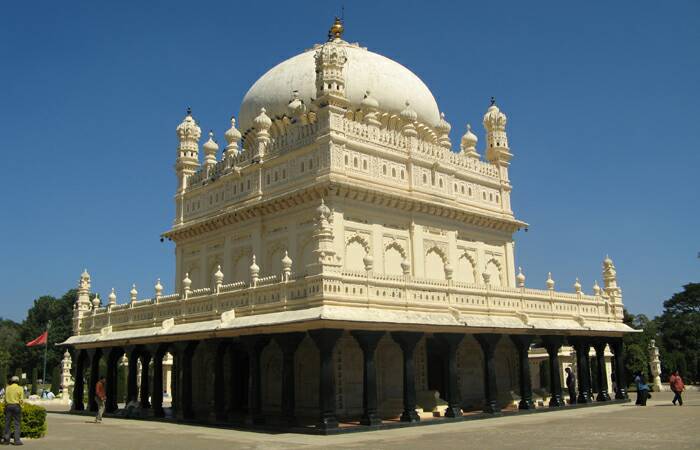
Srirangapatna is 160 kms from Bangalore, on the way to Mysore.
Srirangapatna, an island fortress-city is of great religious, cultural and historic importance. It is situated about 14 kilometres from Mysore on the banks of river Cauvery. from Mysore. Srirangapatna is nestled in the banks of river Cauvery.
For a short while the city of Srirangapatna was the capital of the Mysore state, while Tipu Sultan was ruling Mysore. After the death of Tipu Sultan in 1799 the British shifted the capital back to Mysore. The town, temples, mosque and other historical monuments are surrounded by a strong stone fort with four gates.
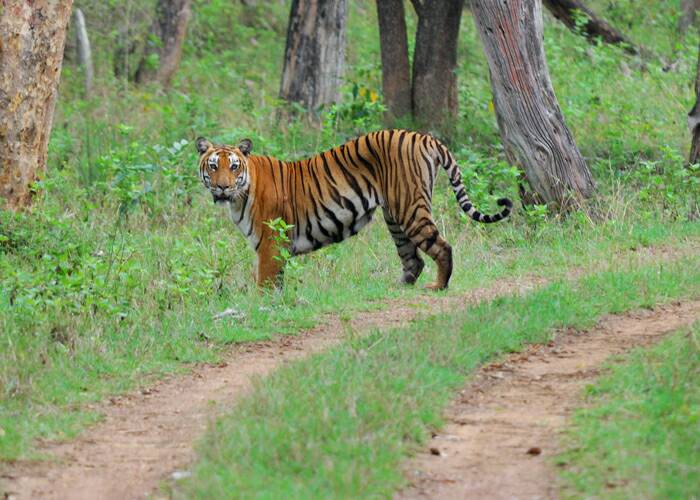
Bandipur National Park is regarded as one of the most beautiful and the better-managed national parks of India. Located amidst the picturesque surroundings of the towering Western Ghat Mountains on the Mysore-Ooty highway in Karnataka, Bandipur National Park covers an area of about 874.2 sq km. Together with Mudumalai Wildlife Sanctuary in Tamil Nadu, Wayanad Wildlife Sanctuary in Kerala and Nagarhole National Park in the North, it creates the India's biggest biosphere reserve popularly known as the 'Nilgiri Biosphere Reserve'.
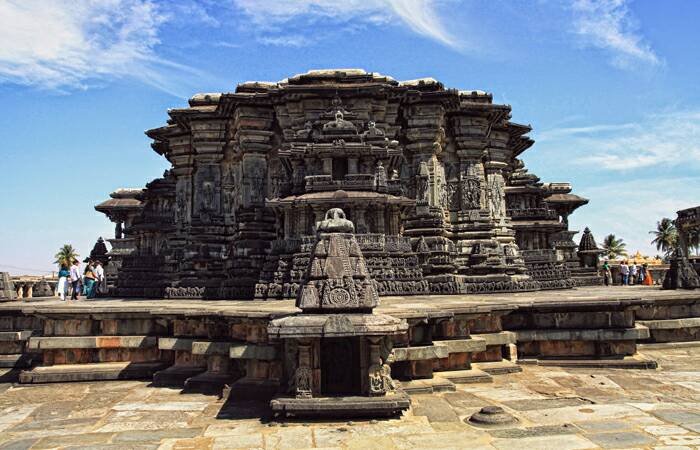
Halebeedu, a small town in the Hassan district of Karnataka, is known for its temples built during Hoysala period. Along with Belur and Shravanabelagola, Halebeedu forms the Golden Triangle of Karnataka tourism. Shreyas offers a 1-day excursion to Halebeedu, Belur and Shreavanabelagola for our guests.
The word Halebeedu means 'ruined city'; earlier it was called as Dwarasamudra which meant 'entrance to the ocean'. Halebeedu was the royal capital of the Hoysala Empire in the 12th century.
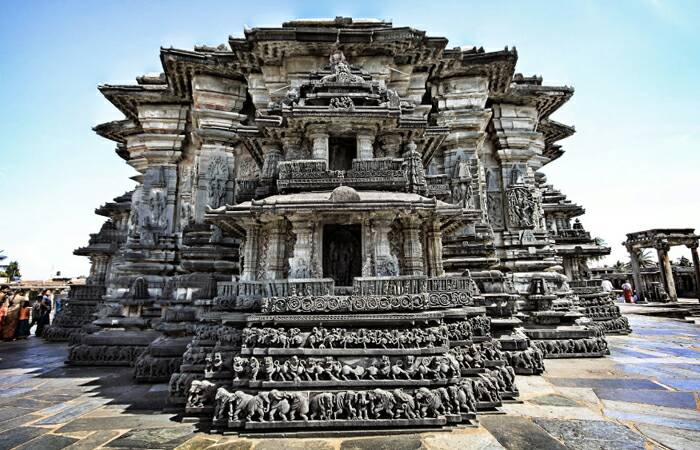
The ancient city of Belur, located on the banks of the Yagachi River in Hassan district, is cloaked in mystique. It was previously called Velapura. Belur was chosen as an alternate capital city by the Hoysala dynasty after the attack and subsequent destruction of their capital Dwarasumudra (now known as Halebeedu) by the sultans of Northern India.
The best of Hoysalan monuments are found in Belur. The innovative architecture and beautiful sculptures draw several thousand every year to both Belur and its twin city of Halebeedu.
Vistors must see the exquisite Chennakesava temple that took 100 years to complete. It was finished in 1117 AD
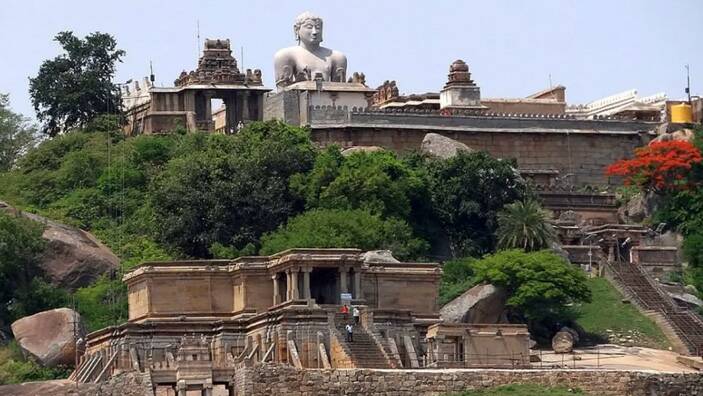
Shravanabelagola - nestled by the Vindhyagiri and Chandragiri hills, protected by the monolith Bhagawan Bahubali and home of 2300 years of heritage is a veritable picture postcard of history spanning centuries.
The Lord Gomateswara Monolith in Shravanabelagola is one of the oldest (AD 918) and most important Jain pilgrimage sites. This 59-foot statue of the naked Lord Gomateswara - a representation of Bahubali, son of the 1st Jain tirthankara, said to have sought enlightenment by standing naked and motionless for an entire year - is the tallest monolithic statue on Earth.
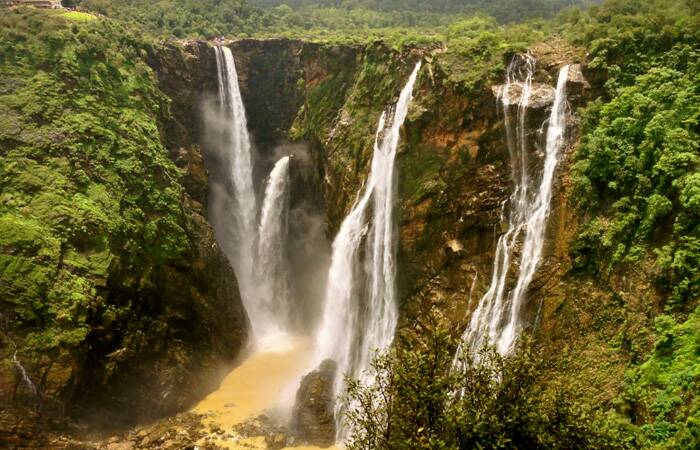
Jog falls, the tallest waterfall in India is situated in the dense evergreen forests, in Shimoga district, Karnataka. The falls are located at the heart of Western Ghats, The Western Ghats gives rise to the Sharavati river that plunges from a height of 829 feet in four magnificent cascades namely Raja, Rani, Roarer and Rocket.
Jog falls is also known as Gerusoppaa falls, is the highest untiered waterfalls in India as it drops directly and does not stream on to the rocks.
August-December is considered the season of best flow and the best time to visit.
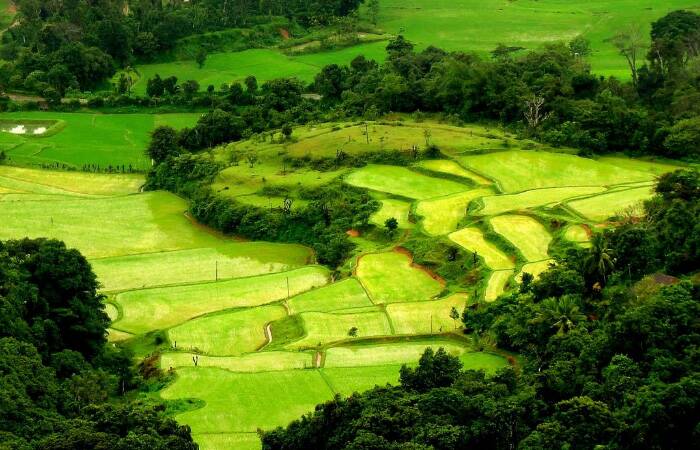
Coorg is a wonderland of misty mountains, streams, waterfalls, tropical forests and miles and miles of tea, coffee, paddy and spice plantations.
Coorg or Kodagu as it is officially known now is an unspoilt 'country of million hills', situated on the slopes of the Western Ghats. Coorg is India's coffee bowl. The tiny district in the state of Karnataka is the biggest producer of coffee. It is well known for its breathtakingly exotic scenery and lush greenery. Forest covered hills, spice and coffee plantations make this a nature-lovers delight.
Coorg is 300 kilometers form Bangalore
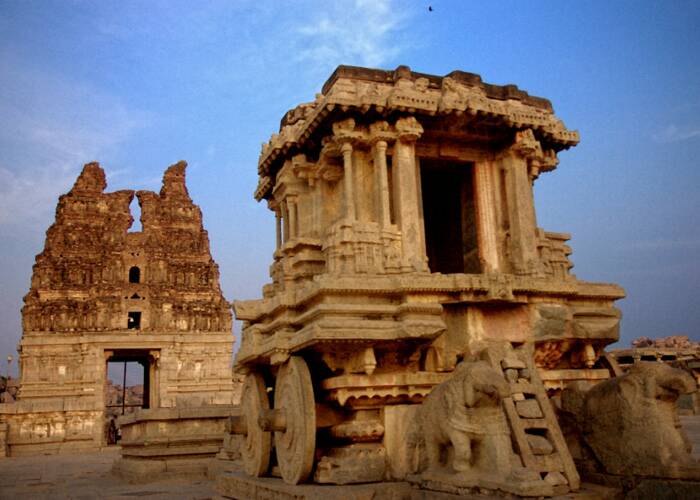
Scattered among the Henri Moore-like boulders in the heart of Karnataka's rural interior, Hampi was once the royal seat of the powerful Vijayanagar kingdom, its size and wealth drawing comparisons with Imperial Rome. Today the city has crumbled away to a few starkly beautiful leftovers, but the remote setting could not be more romantic.
Hampi is charismatic even in its ruined state, attracting thousands of visitors every year. Vast stretches of boulder-strewn hills make the backdrop of Hampi unique. Dotted around the hills and valleys are 500-plus monuments.